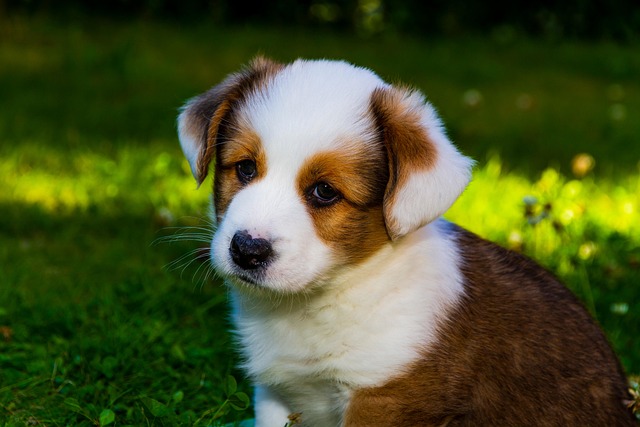
How do i train my dog to be obedient?
Watching your dog dart across the park ignoring your calls isn’t just frustrating—it can put them at risk near busy streets or public spaces.
Watching a tiny ball of fur tilt its head when you say its name for the first time might just be one of the sweetest moments of bringing home a new puppy. But how long until that tilt turns into a reliable response? The answer isn’t set in stone—some pups catch on in a week, others take a month or more. It’s less about a strict timeline and more about the little moments you share during those early days.
Consistency is your secret weapon here. Every time you fill their food bowl, take them out for a walk, or toss a favorite toy, saying their name in a bright, happy tone helps cement the connection. Skip the nicknames at first—if you picked “Max,” stick with “Max” when they’re focused on you, and save the silly variations for later. Dogs thrive on repetition, but it has to feel like part of the fun, not a chore.
Age and personality play into it too. Younger puppies, around 8-12 weeks old, are like sponges, soaking up sounds as they learn the world around them. A 10-week-old Lab might start perking up at their name in a few days, while a shy Shih Tzu pup might take a bit longer to trust that the sound means something good. It’s not about intelligence—it’s about confidence. The more secure they feel in their new home, the quicker they’ll associate their name with positive attention.
 How you interact matters just as much as how often. When your puppy looks at you after you say their name, reward that split-second of recognition immediately—with a tiny treat, a scratch behind the ears, or a playful “good girl!” This positive link turns their name into a signal for good things, which sticks faster than any strict routine. Just remember, keeping training sessions short—no more than 5 minutes at a time—works better for their tiny attention spans.
How you interact matters just as much as how often. When your puppy looks at you after you say their name, reward that split-second of recognition immediately—with a tiny treat, a scratch behind the ears, or a playful “good girl!” This positive link turns their name into a signal for good things, which sticks faster than any strict routine. Just remember, keeping training sessions short—no more than 5 minutes at a time—works better for their tiny attention spans.
Some days will feel like progress stalls. Your pup might ignore their name entirely while chasing a butterfly or digging at the carpet. That’s normal. Distractions are part of the learning process, and working through them—by calling their name in quieter spaces first, then gradually adding more commotion—builds real-world recognition. It’s also worth noting that patience here aligns with guidelines that prioritize kind, reward-based methods, ensuring your training stays in step with what’s best for both you and your pup.
Before you know it, that once-hesitant glance will turn into a full-on sprint when you call their name. There’s no rush—every puppy finds their rhythm. What matters most is the bond you’re building each time you say that name, turning it into a word that means “I’m here, and I care.” Keep it consistent, keep it positive, and enjoy the journey—they’ll get there, and every step will be worth it.

Watching your dog dart across the park ignoring your calls isn’t just frustrating—it can put them at risk near busy streets or public spaces.

New puppy owners often find themselves rushing to clean up accidents before they set in, and that’s where puppy pad training becomes a game-changer.

If you've noticed your dog's waistline disappearing and your veterinarian has mentioned those few extra pounds, your first instinct might be to simply reduce the amount of food in their bowl.

Training a dog to use a designated spot indoors isn’t as daunting as many new owners fear, but it does take consistency and an understanding of your pet’s needs.

That moment of dread on a walk is all too familiar for many new dog owners. You see another dog approaching down the sidewalk of your neighborhood

If the sight of another dog on your neighborhood walk makes your heart sink as your own dog erupts into a frenzy of barking and lunging, you're not alone.